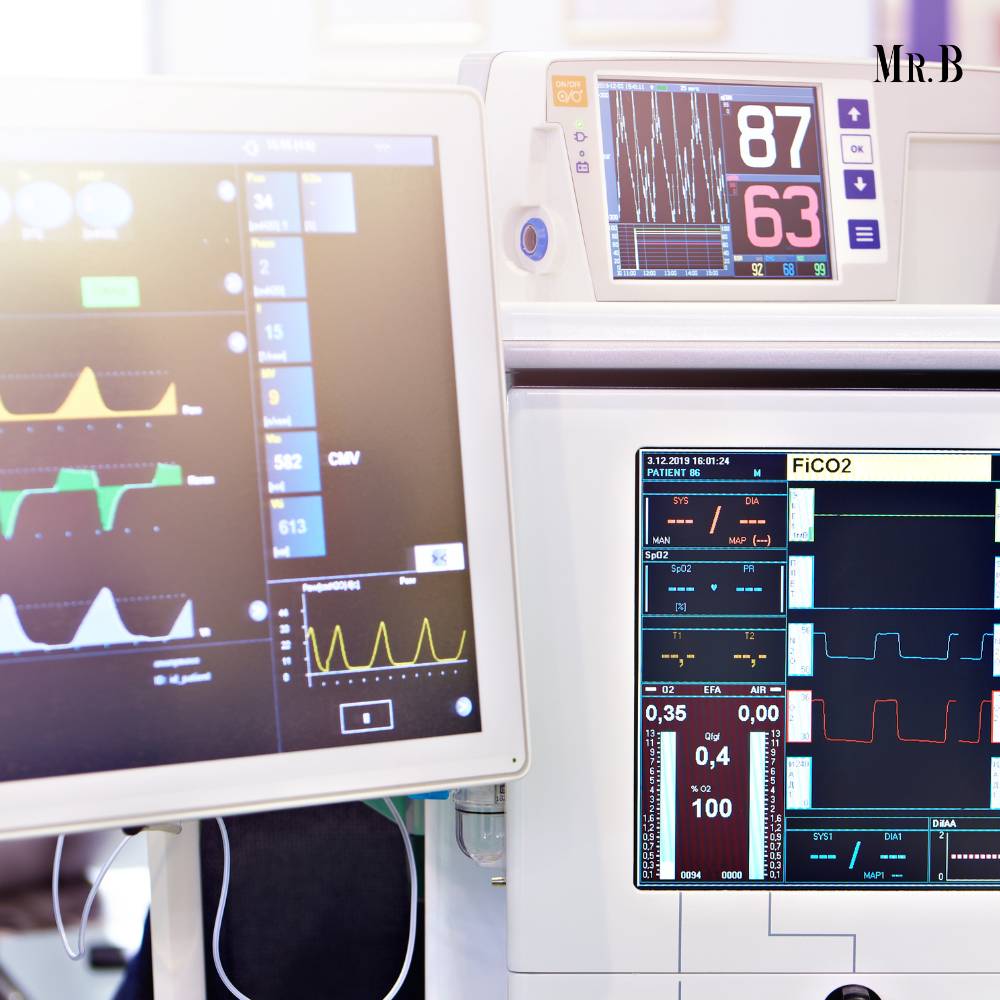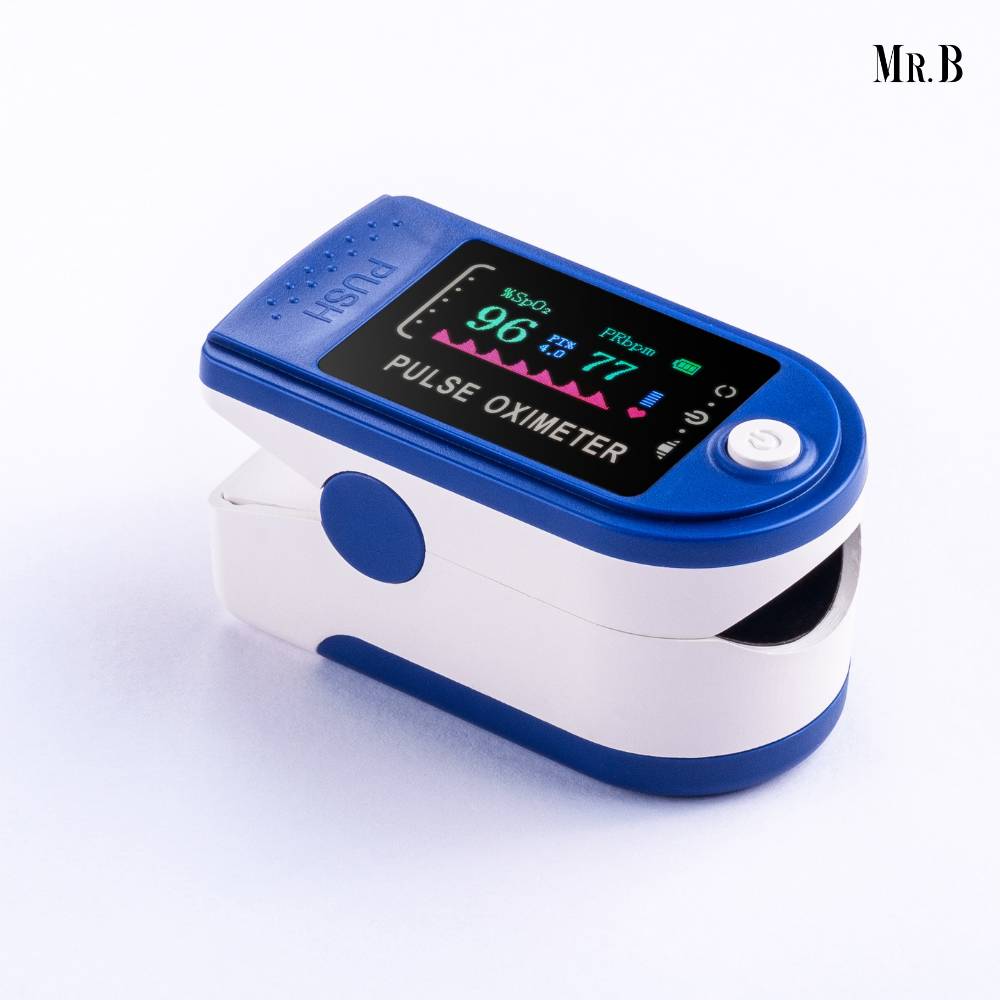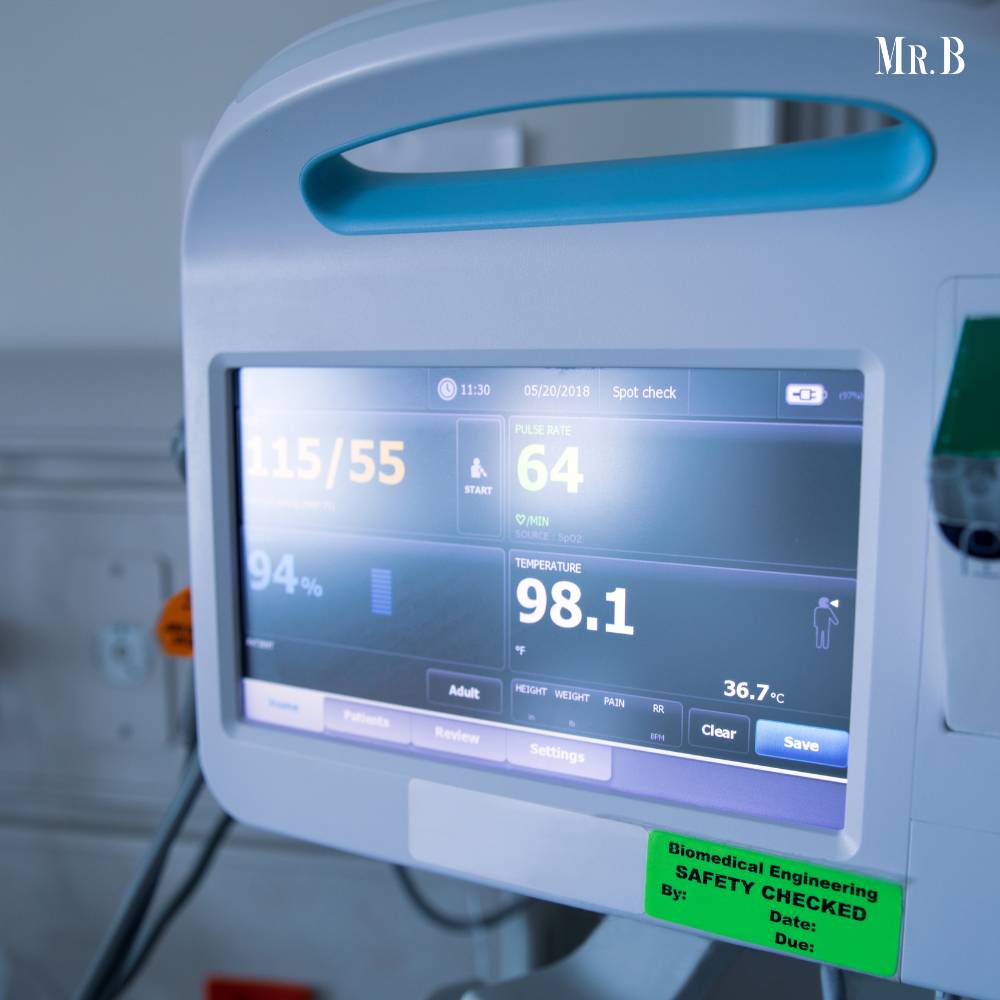Mastering Precision: The Unveiling World of Temperature Monitoring Devices
- Category: Healthcare

World of Temperature Monitoring Devices
In an era dominated by technological advancements, the realm of temperature monitoring devices emerges as a crucial player, revolutionizing industries, healthcare, and everyday life. This comprehensive article delves into the intricacies of temperature monitoring devices, exploring their significance, diverse applications, and the transformative impact they have on ensuring precision and efficiency in various sectors.
The Evolution
The journey of temperature monitoring devices is a testament to the relentless pursuit of accuracy and efficiency. From humble beginnings to state-of-the-art digital marvels, these devices have evolved to become indispensable tools across a spectrum of fields. Understanding their evolution provides insights into the precision they bring to temperature management.
Applications Across Industries
The devices find themselves woven into the fabric of diverse industries, each benefiting from their unique capabilities. In healthcare, these devices play a pivotal role in patient care, ensuring medications are stored at optimal temperatures. The food industry relies on them to safeguard the freshness and safety of perishable goods. From laboratories to manufacturing units, the applications are as expansive as they are crucial.
Types
The landscape of temperature monitoring devices is rich and varied, offering tailored solutions to different needs. Thermocouples, infrared thermometers, data loggers, and thermal imaging cameras are just a few examples. Each type brings its own set of advantages, enabling users to choose the most suitable device based on their specific requirements.

Precision in Healthcare
In healthcare settings, precision is paramount, and the monitoring devices stand as vigilant guardians of patient well-being. From vaccine storage to blood banks, these devices ensure that temperature-sensitive medical supplies maintain their efficacy. The reliability and accuracy of these devices contribute significantly to the success of medical interventions and pharmaceutical endeavors.
The IoT Revolution
The Internet of Things (IoT) has cast its transformative spell on the devices ushering in an era of interconnectedness and real-time data. IoT-enabled devices offer remote monitoring capabilities, allowing users to receive alerts and insights from anywhere in the world. This connectivity enhances efficiency and reduces the risk of temperature-related issues going unnoticed.
Future Trends and Innovations
As technology continues to advance, the future of temperature monitoring devices holds promises of even greater precision and functionality. Integrating artificial intelligence and machine learning into these devices opens new frontiers, enhancing predictive capabilities and preemptive actions. The journey towards more sophisticated, intuitive, and interconnected devices is an exciting trajectory for industries and consumers alike.
What Are the Benefits of Smart Temperature Monitoring Devices to the Medical Industry?
In the intricate tapestry of the medical industry, the advent of smart temperature monitoring devices has emerged as a transformative force, bringing unprecedented precision, efficiency, and reliability to the realm of healthcare. This article delves into the myriad benefits that these devices offer, illustrating how they have become indispensable guardians of patient well-being and the integrity of temperature-sensitive medical supplies.

1. Preserving Medication Efficacy
At the heart of healthcare lies the critical need to preserve the efficacy of medications, vaccines, and blood products. Smart temperature monitoring devices, with their advanced sensors and real-time data capabilities, stand as vigilant custodians, ensuring that these temperature-sensitive entities are stored and transported under optimal conditions.
2. Preventing Costly Losses
The financial impact of temperature deviations in the medical industry can be staggering. These devices act as preemptive sentinels, swiftly detecting any fluctuations and alerting healthcare professionals to take corrective measures. This proactive approach prevents costly losses due to the degradation of valuable medical supplies.
3. Ensuring Regulatory Compliance
Stringent regulatory requirements govern the storage and transportation of medical supplies. Smart monitoring devices provide a robust solution by maintaining a meticulous record of temperature conditions. This data becomes instrumental in demonstrating compliance during audits and regulatory inspections, safeguarding the reputation and operations of healthcare institutions.
4. Enhancing Operational Efficiency
In the dynamic landscape of healthcare, where timing is often critical, smart monitoring devices contribute to operational efficiency. Automated alerts and real-time insights enable healthcare professionals to address temperature issues promptly, preventing potential disruptions in patient care and medical procedures.
5. Facilitating Remote Monitoring
The advent of the Internet of Things (IoT) has elevated the capabilities of these monitoring devices. With remote monitoring functionalities, healthcare providers can oversee temperature conditions across multiple locations or transportation routes from a centralized interface. This level of connectivity ensures a proactive stance in managing temperature-sensitive assets.

6. Mitigating Health Risks
Temperature variations can pose significant health risks, especially when it comes to medications and vaccines. Smart monitoring devices, with their precision and real-time monitoring, mitigate these risks by maintaining the efficacy of medical supplies. This, in turn, contributes to the overall safety and well-being of patients.
FAQs:
Q1: What is the primary purpose of these devices?
A1: The monitoring devices are designed to measure and track temperature variations in specific environments, ensuring optimal conditions for various applications, from healthcare to industsrial processes.
Q2: How do the monitoring devices contribute to healthcare?
A2: In healthcare, these devices play a crucial role in maintaining the integrity of temperature-sensitive medical supplies, such as vaccines and blood products, ensuring their efficacy.
Q3: What are the different types of temperature monitoring devices available?
A3: There is a range of temperature monitoring devices, including thermocouples, infrared thermometers, data loggers, and thermal imaging cameras, each catering to specific needs and industries.
Q4: How has IoT impacted the monitoring devices?
A4: The Internet of Things has revolutionized temperature monitoring by enabling connectivity and real-time data. IoT-enabled devices offer remote monitoring, alerting users to potential issues promptly.
Q5: Are these monitoring devices suitable for home use?
A5: Yes, there are temperature monitoring devices designed for home use, such as smart thermostats, ensuring optimal indoor conditions and energy efficiency.
Conclusion:
Temperature monitoring devices stand as pillars of precision in a world where accuracy is paramount. From safeguarding health to preserving the quality of products, these devices play multifaceted roles across industries. The continuous evolution and integration of cutting-edge technologies ensure that the landscape of the monitoring devices will remain dynamic, setting new standards for efficiency and reliability.







